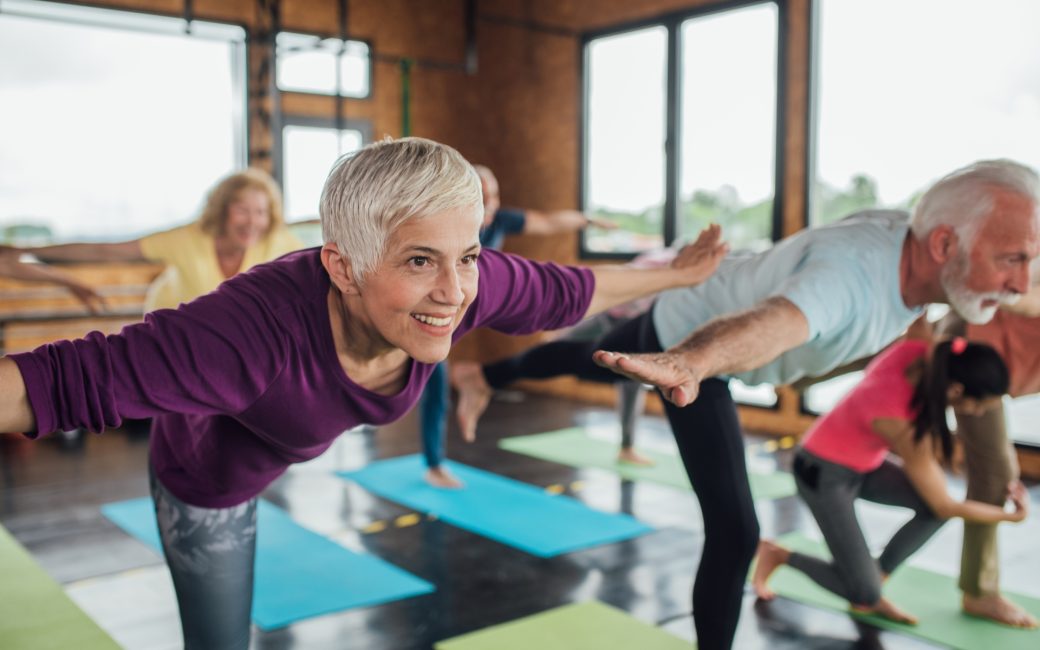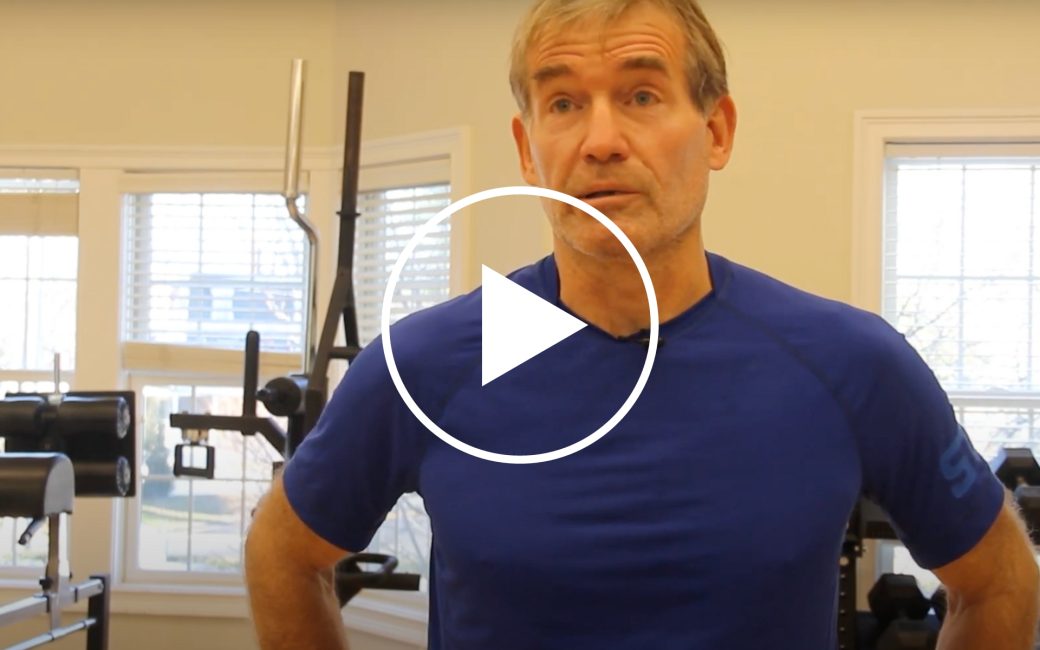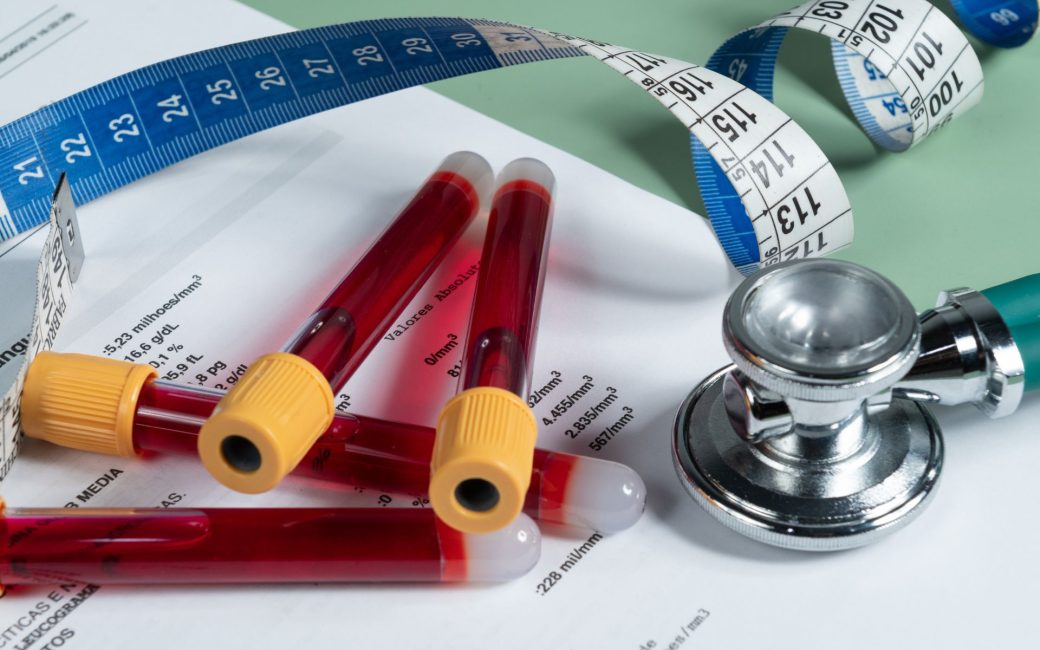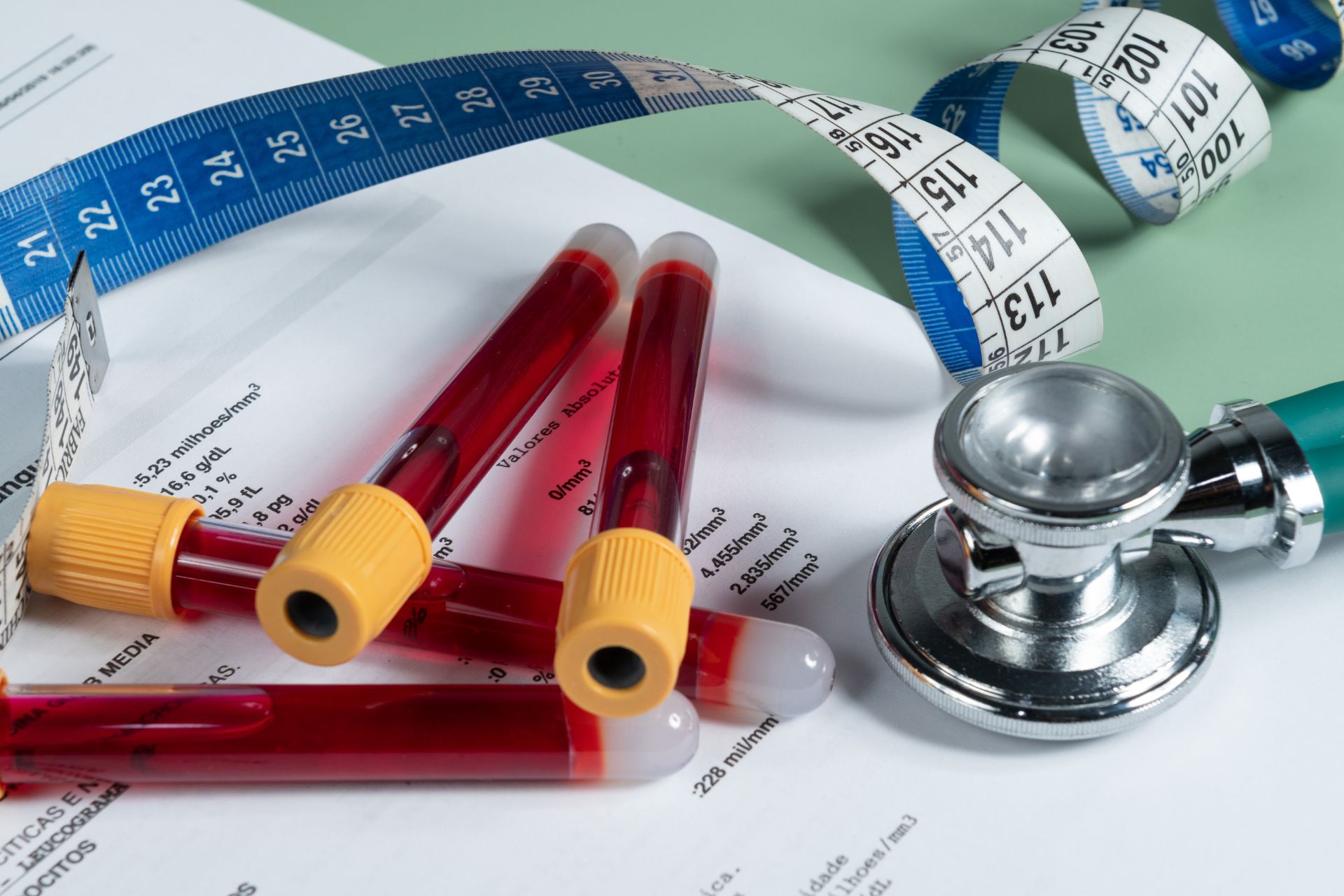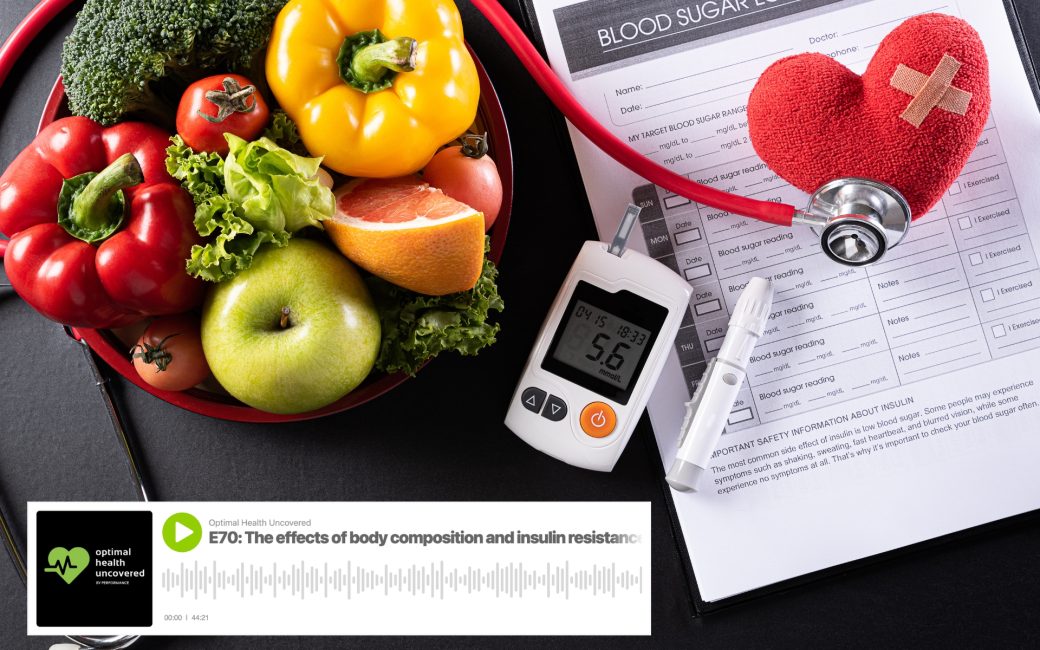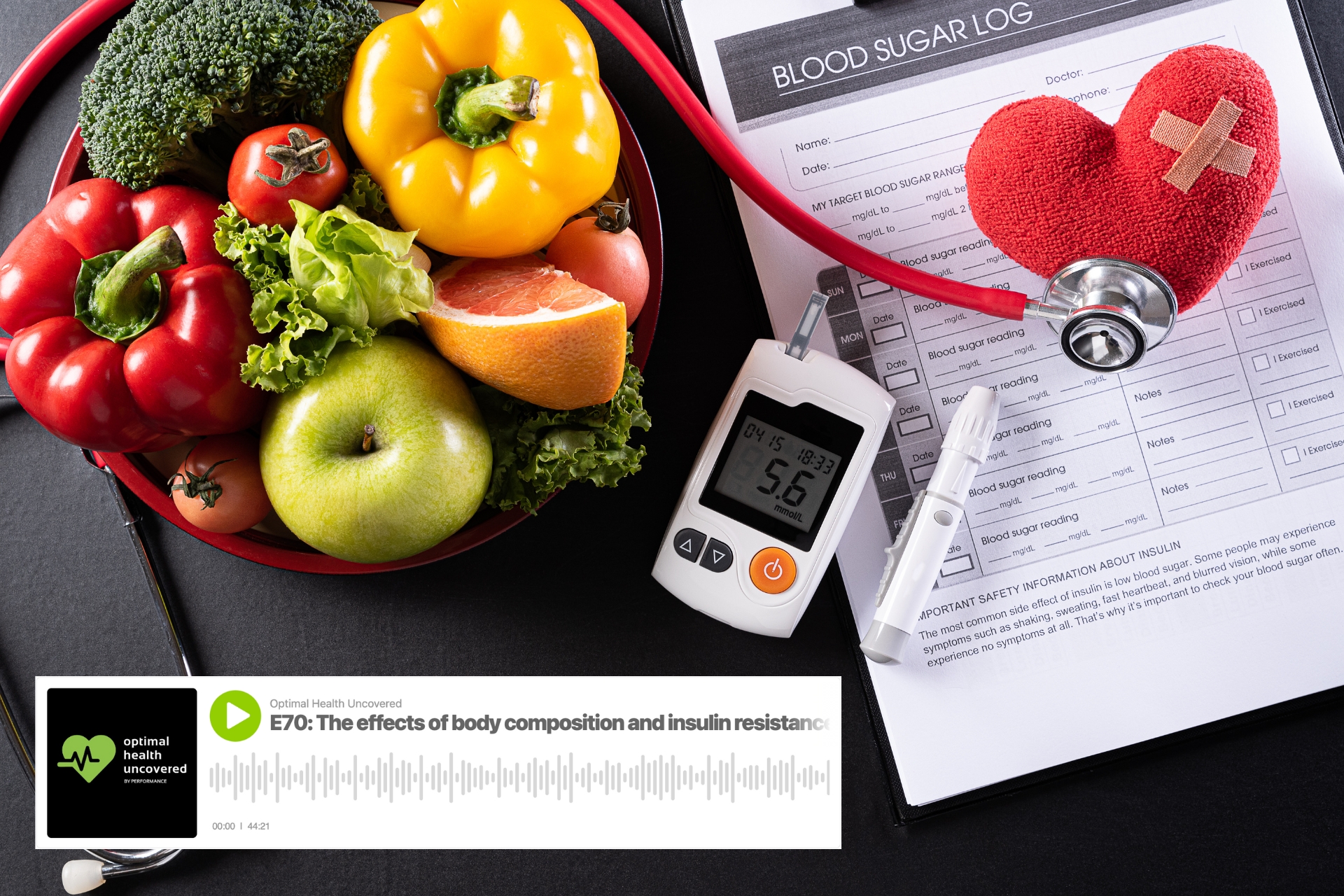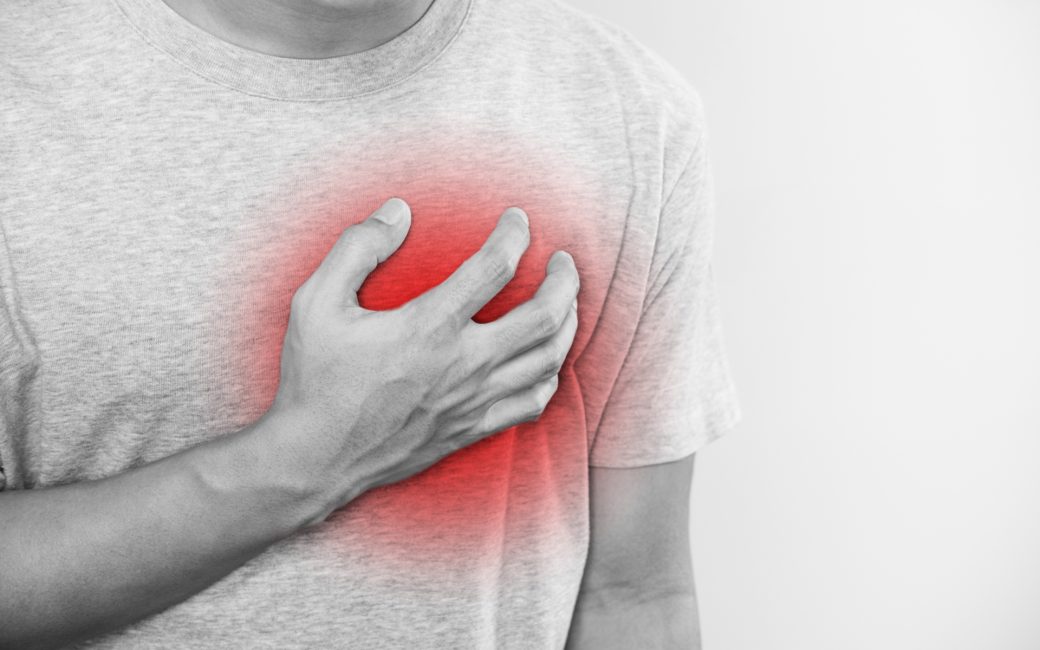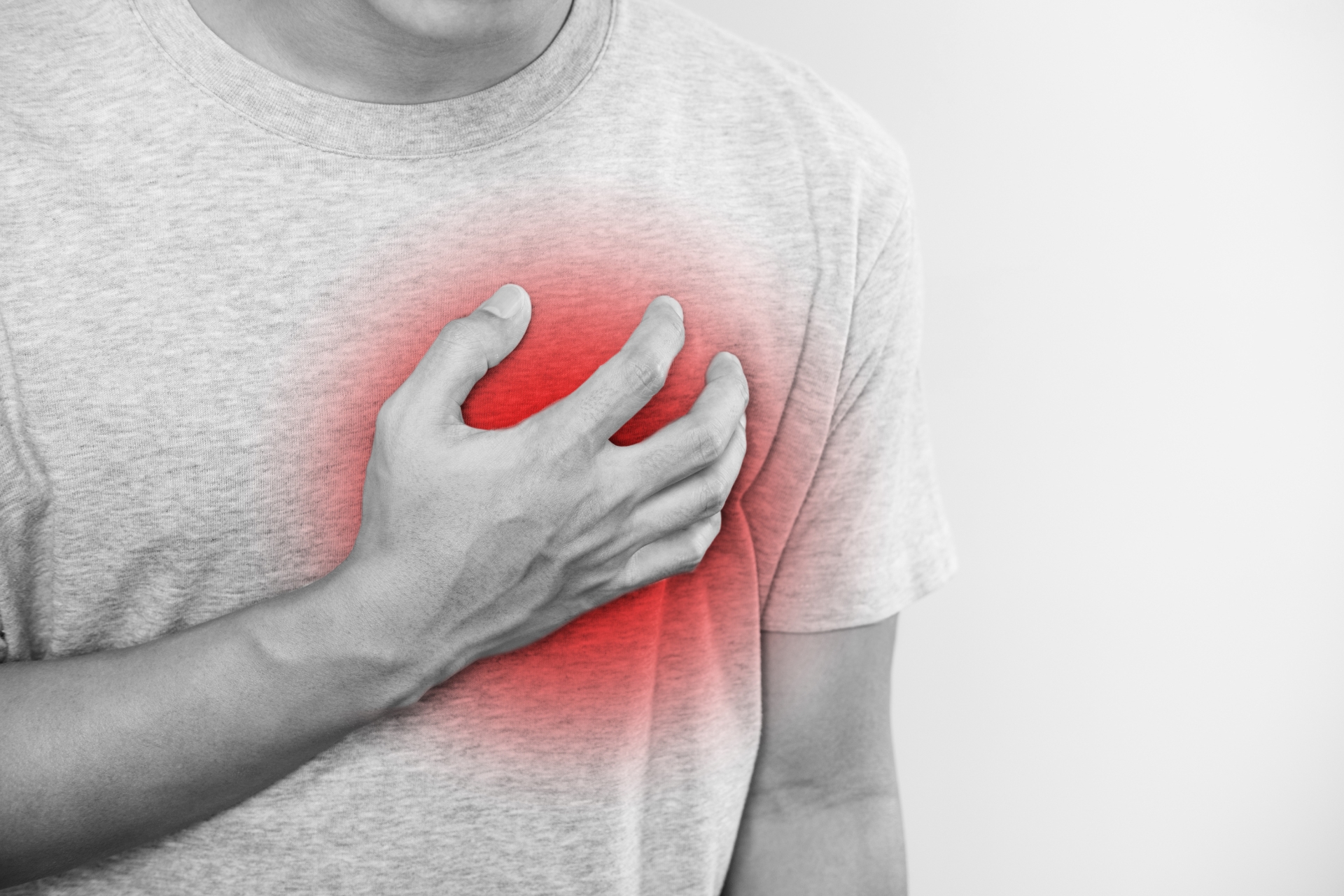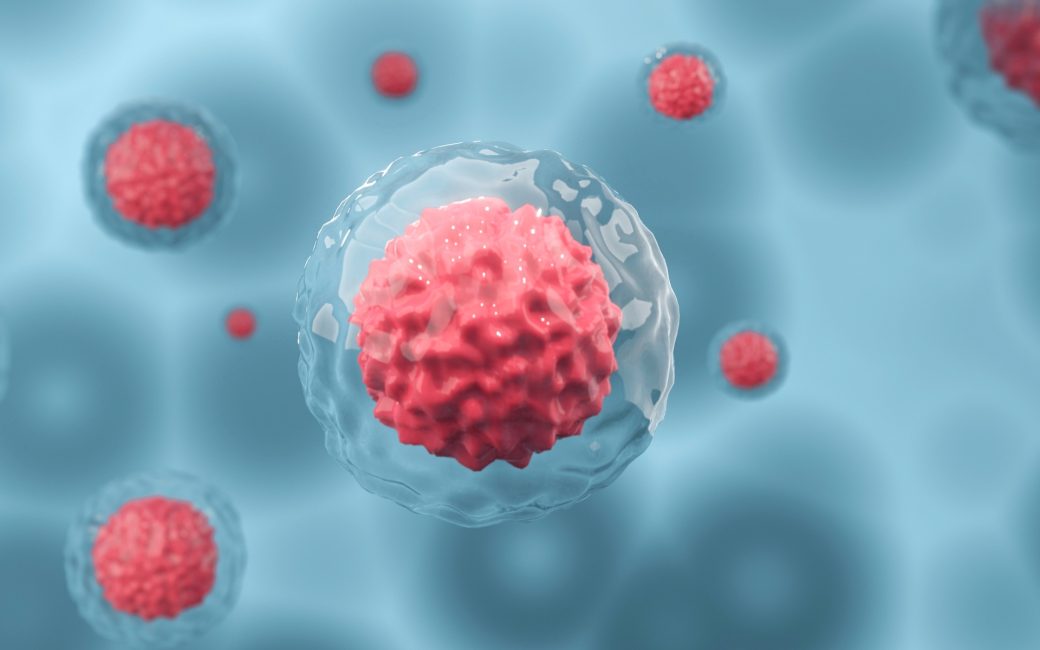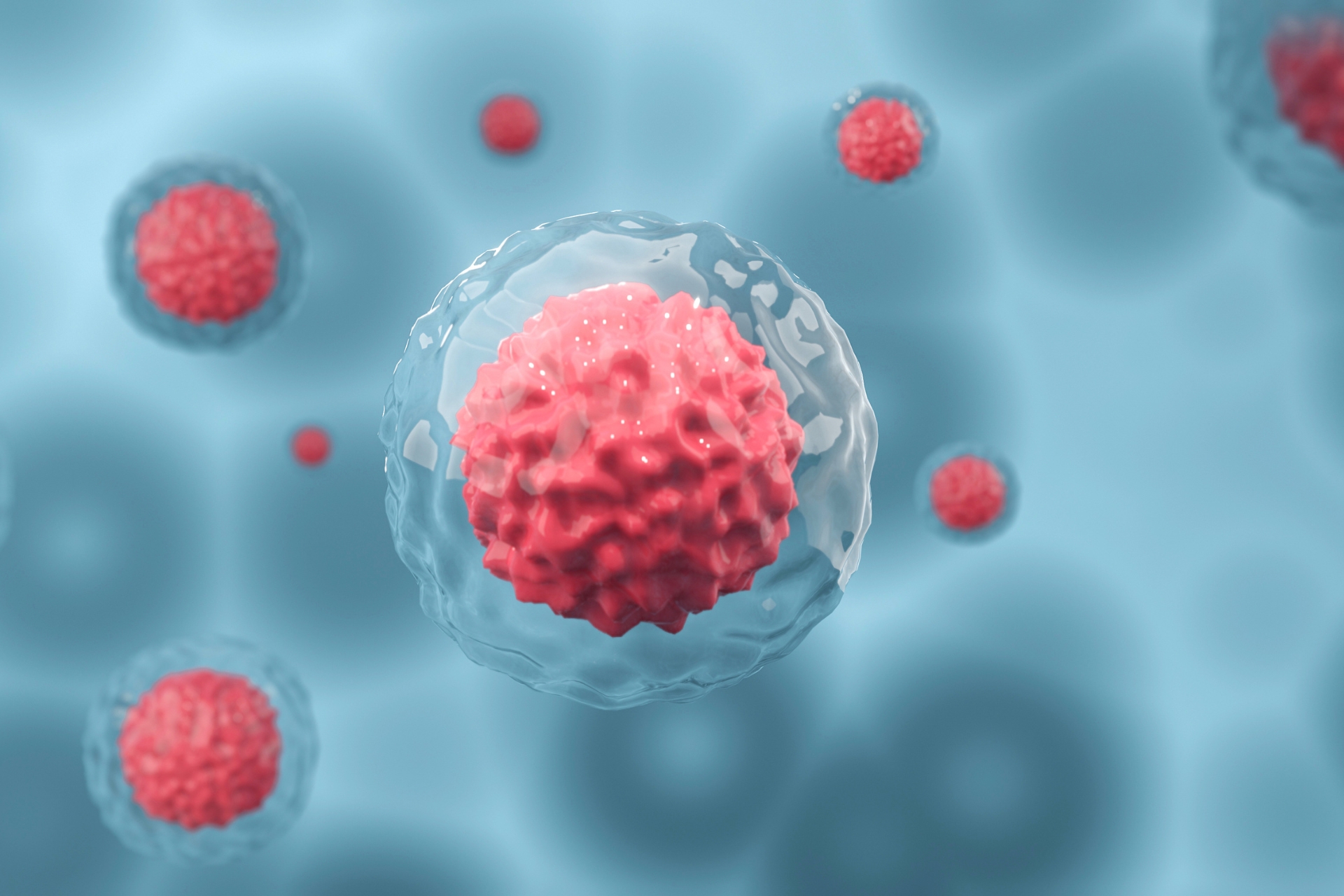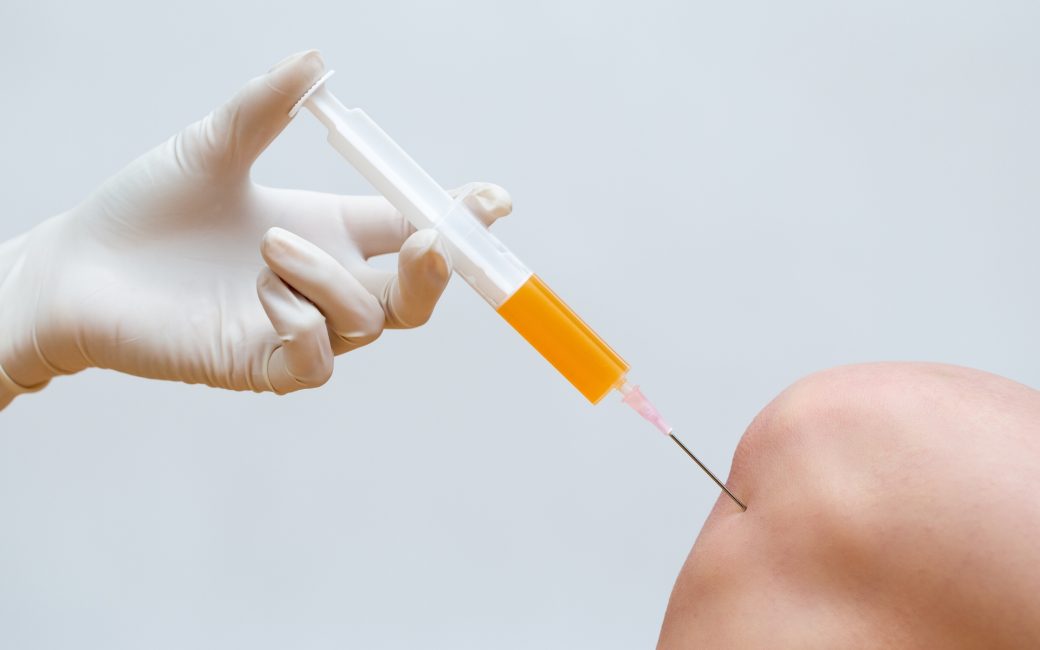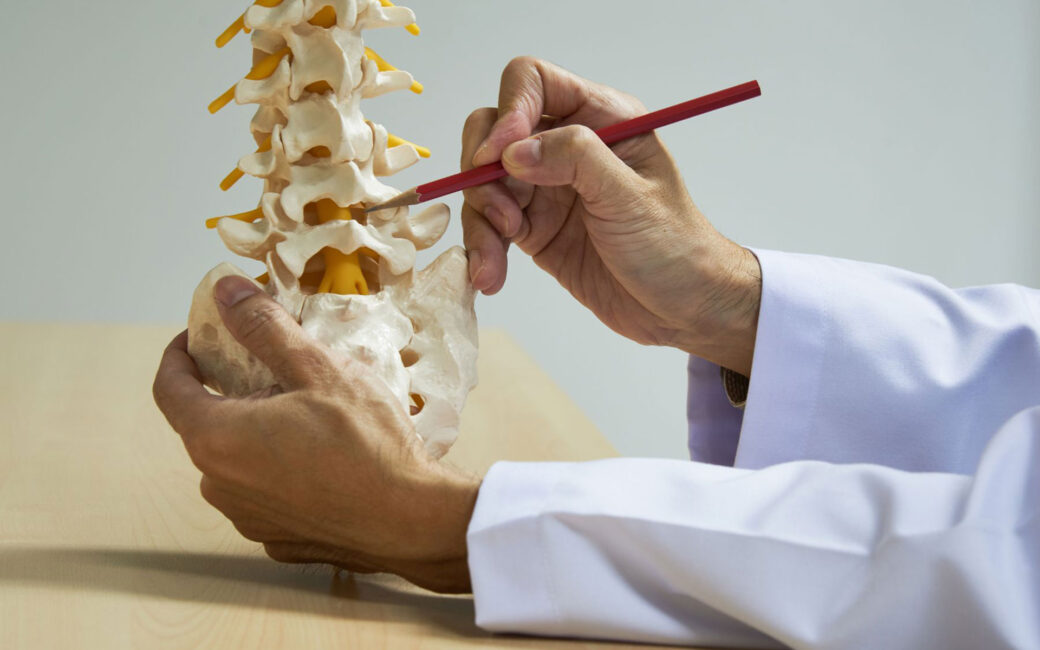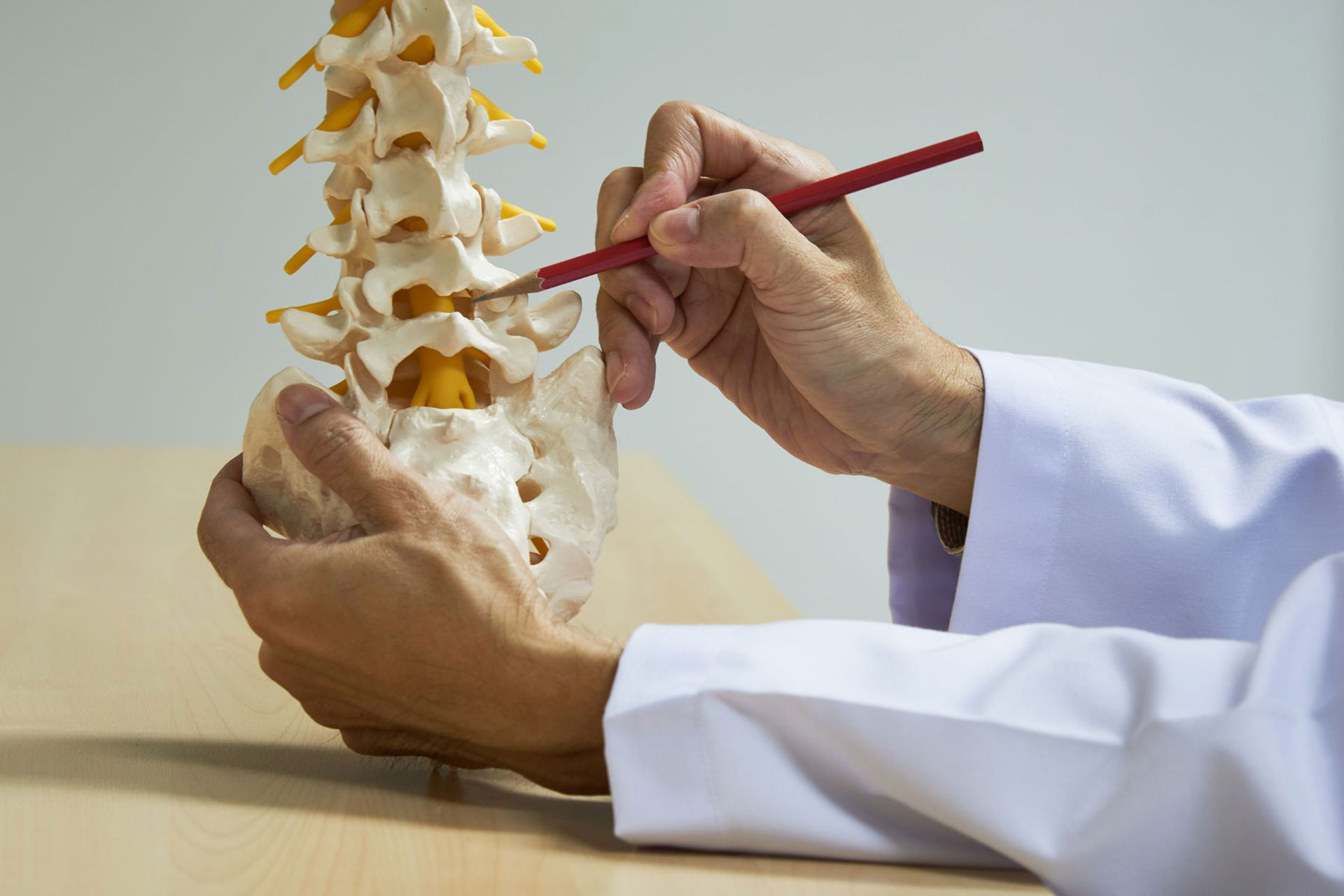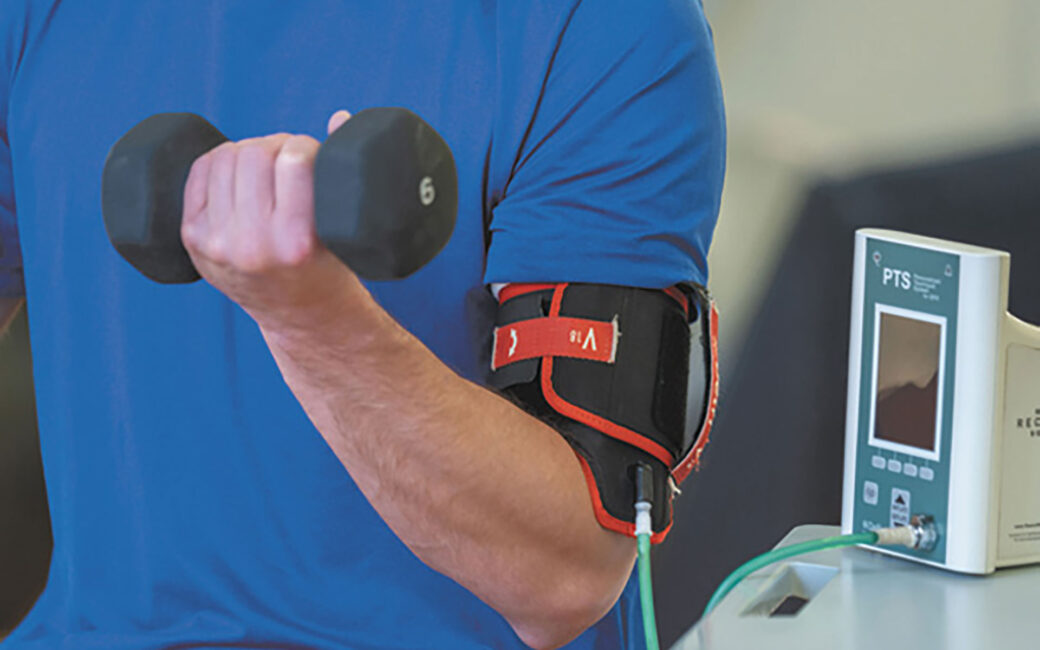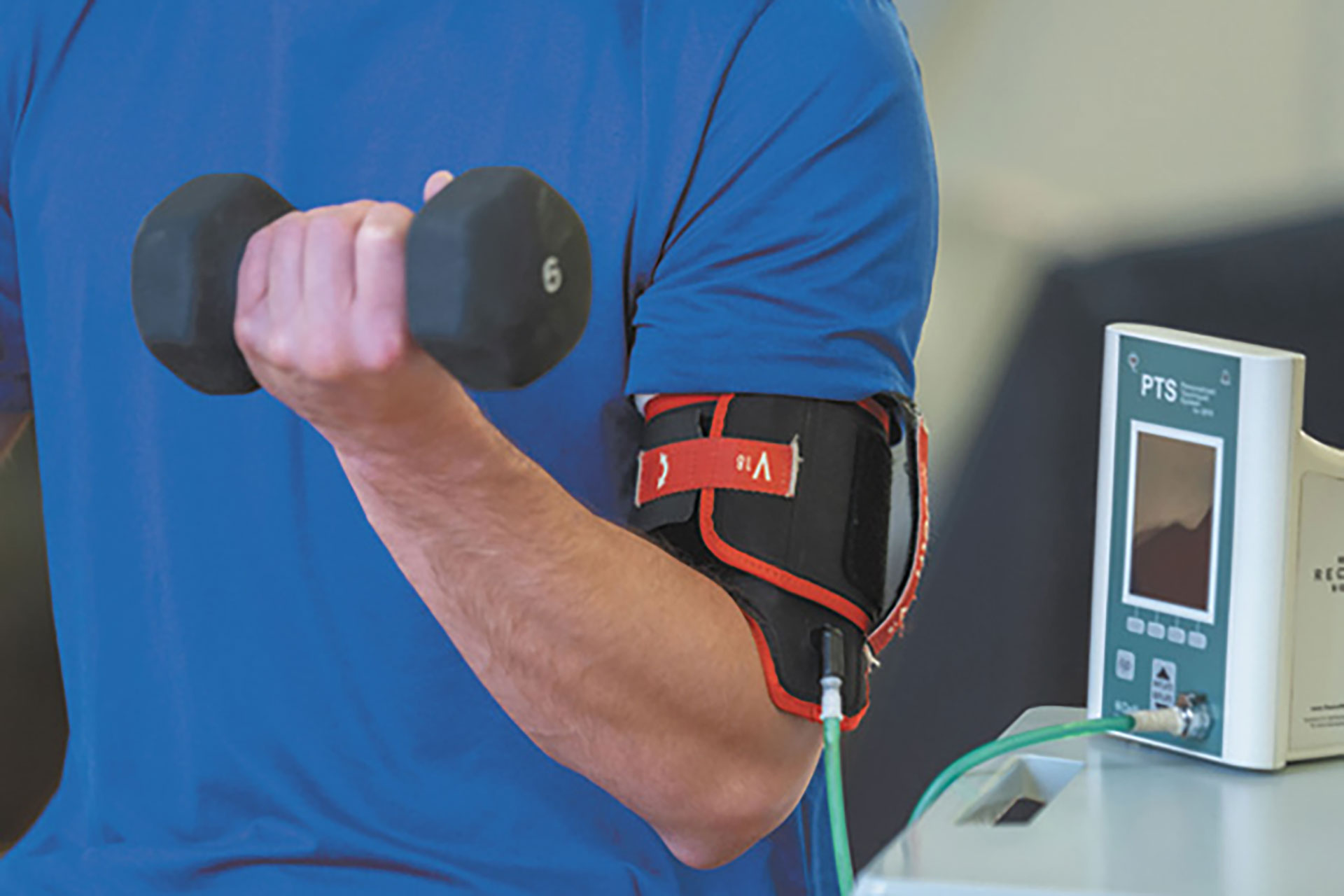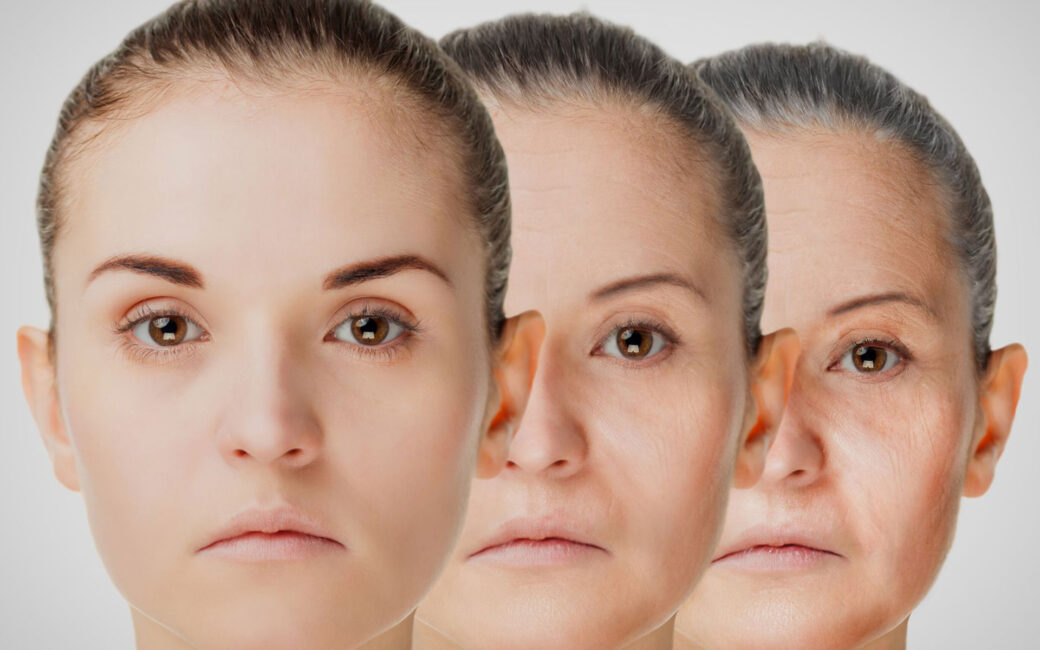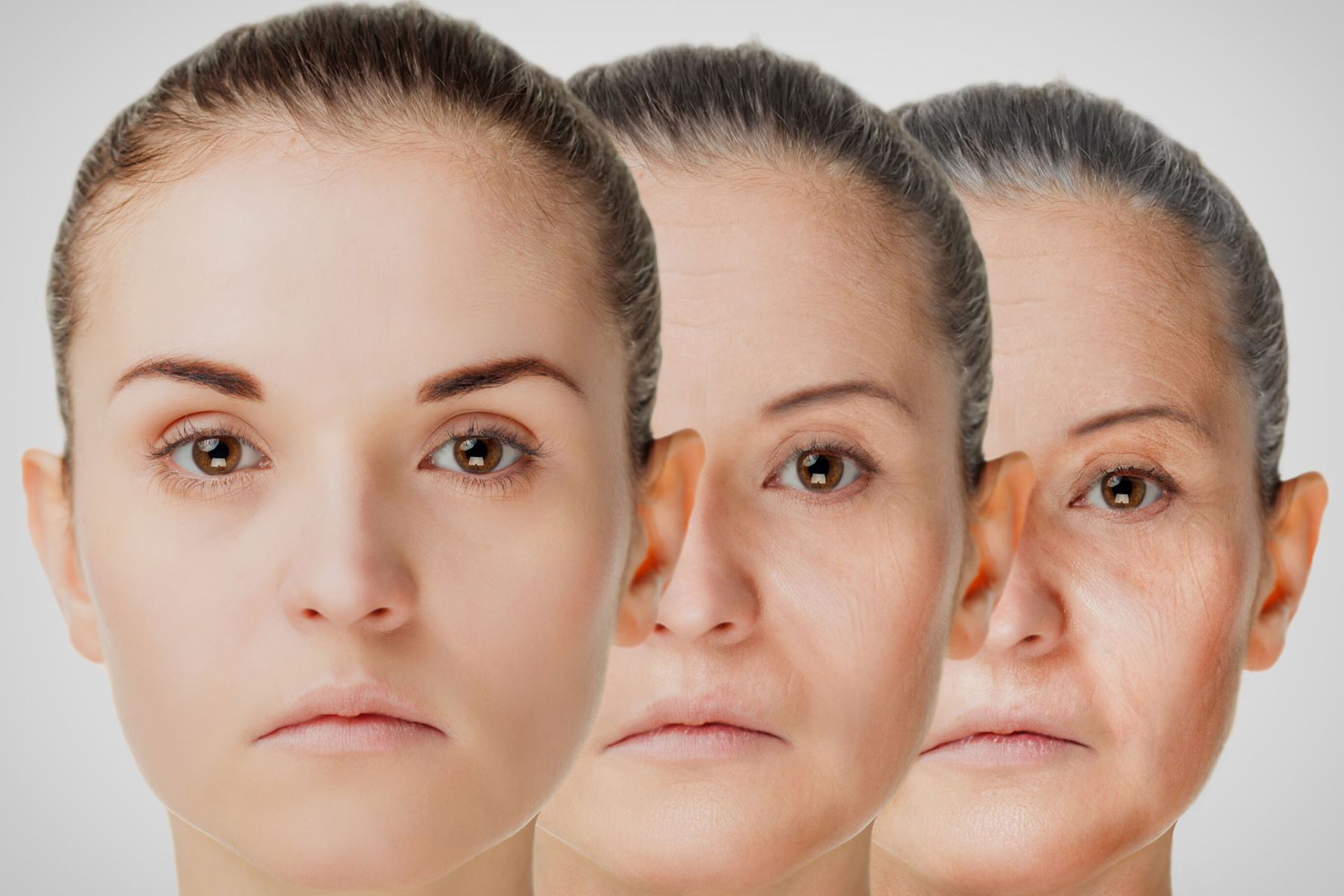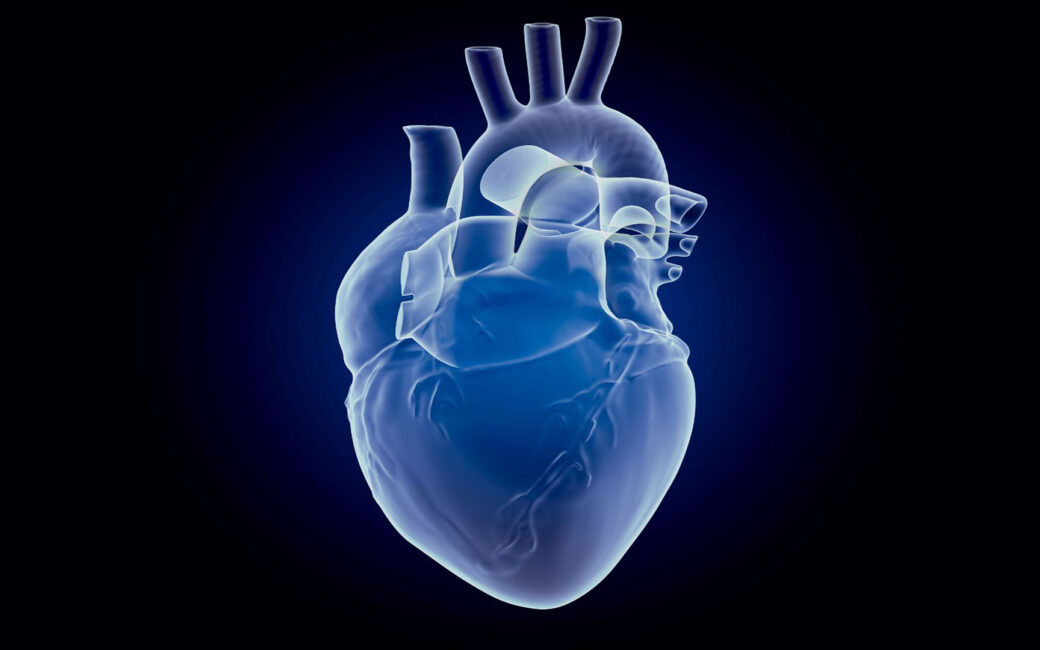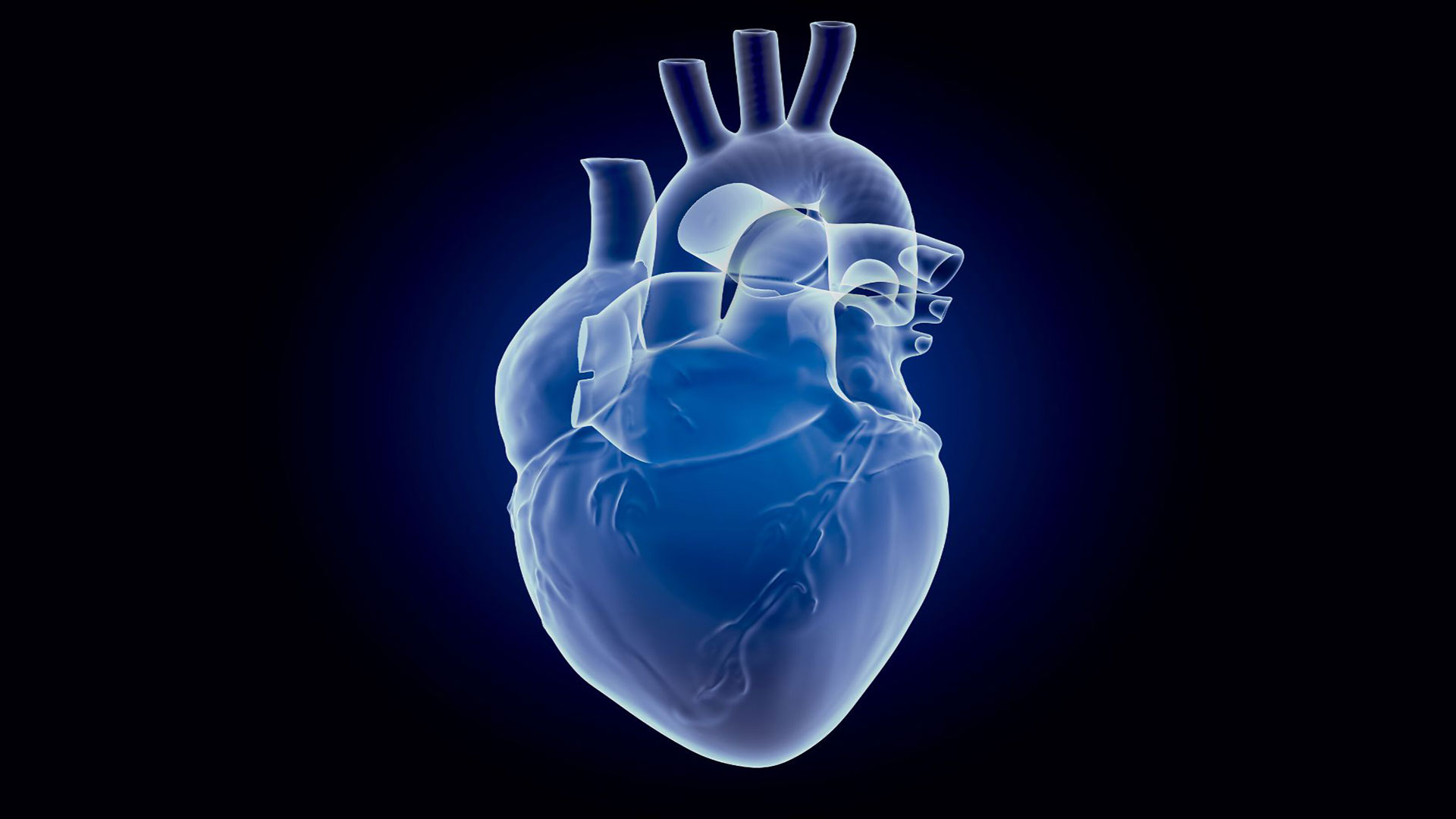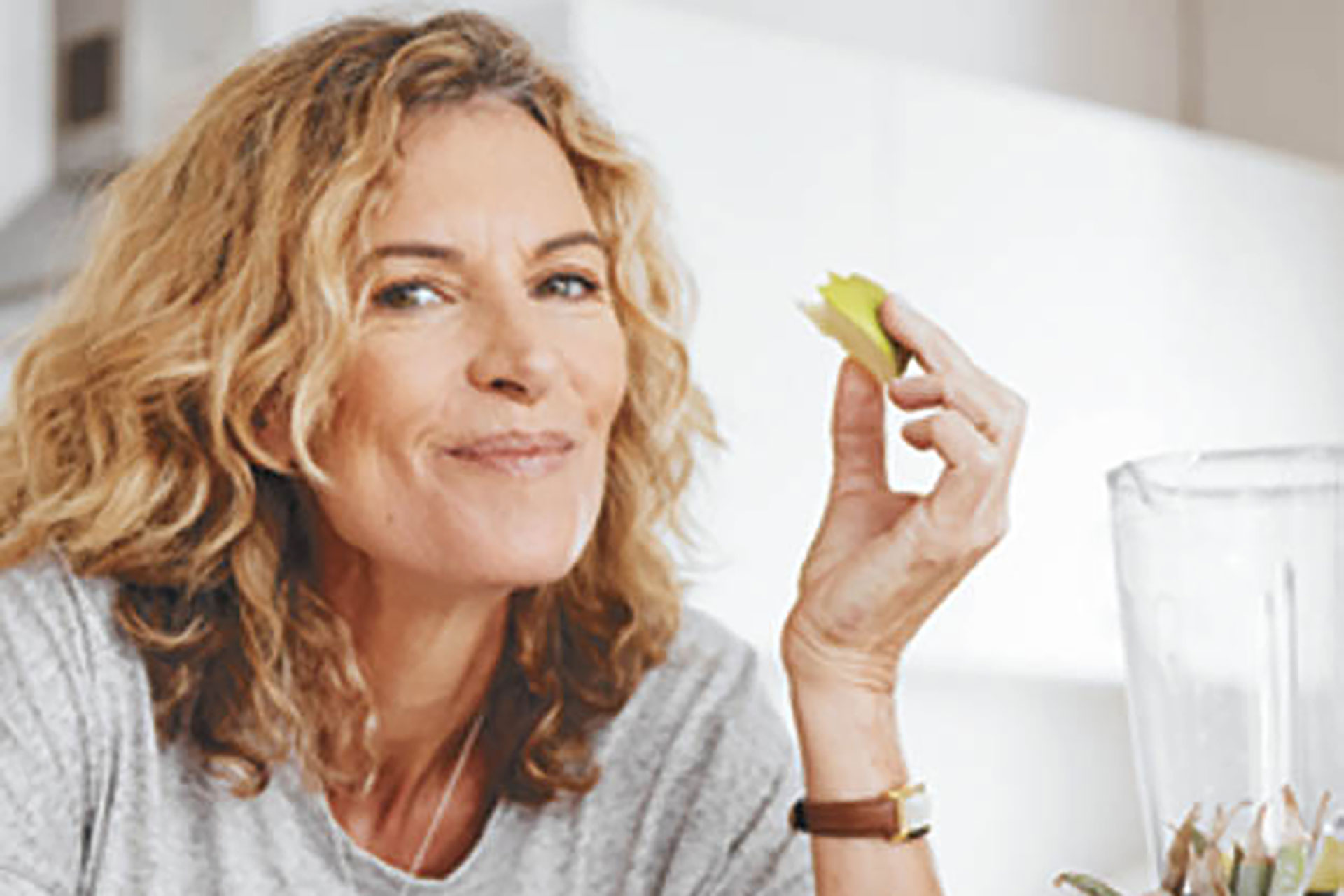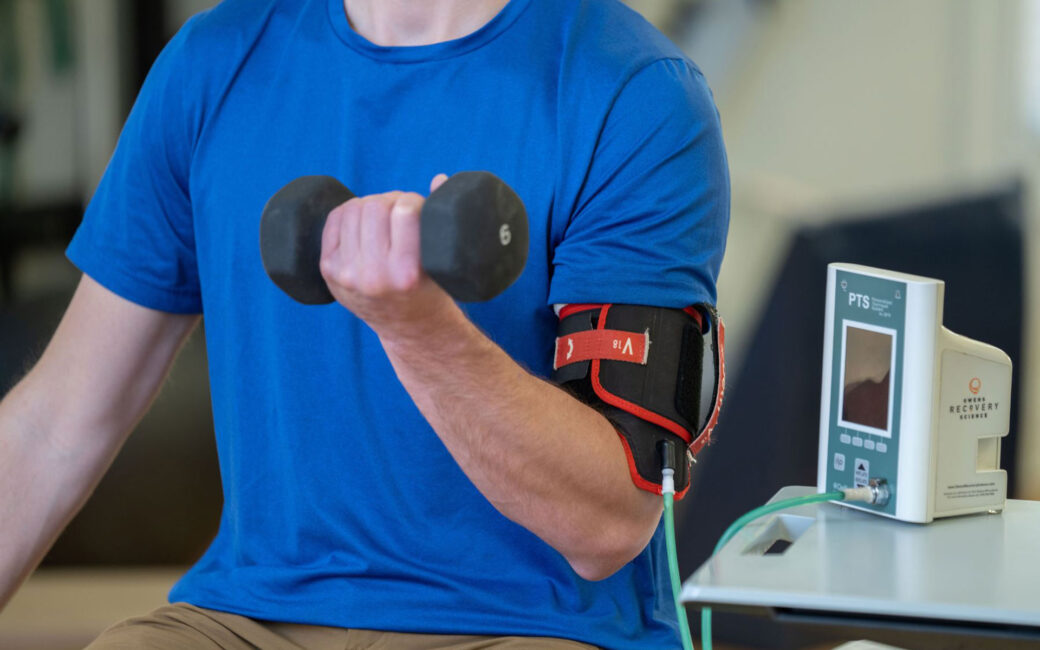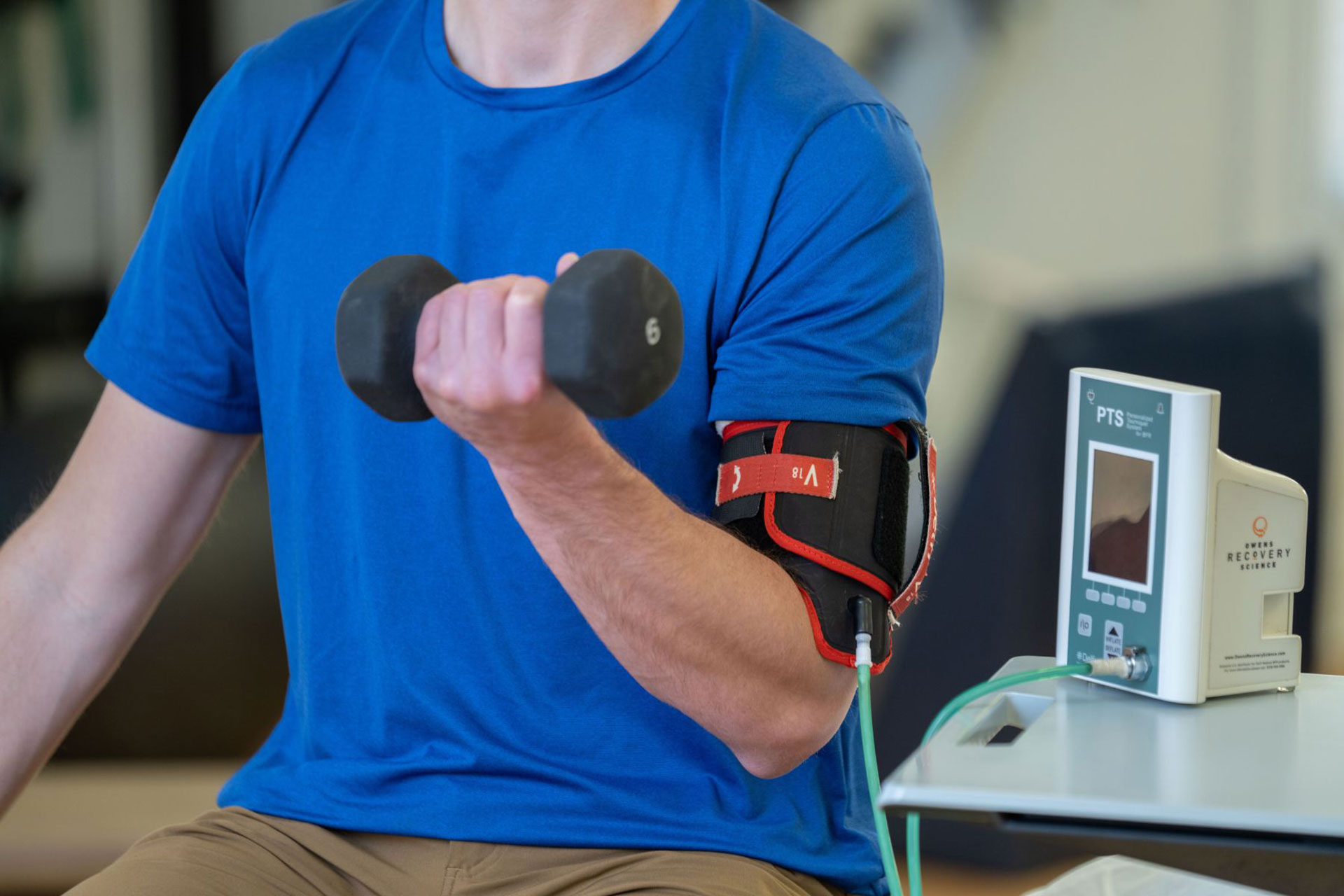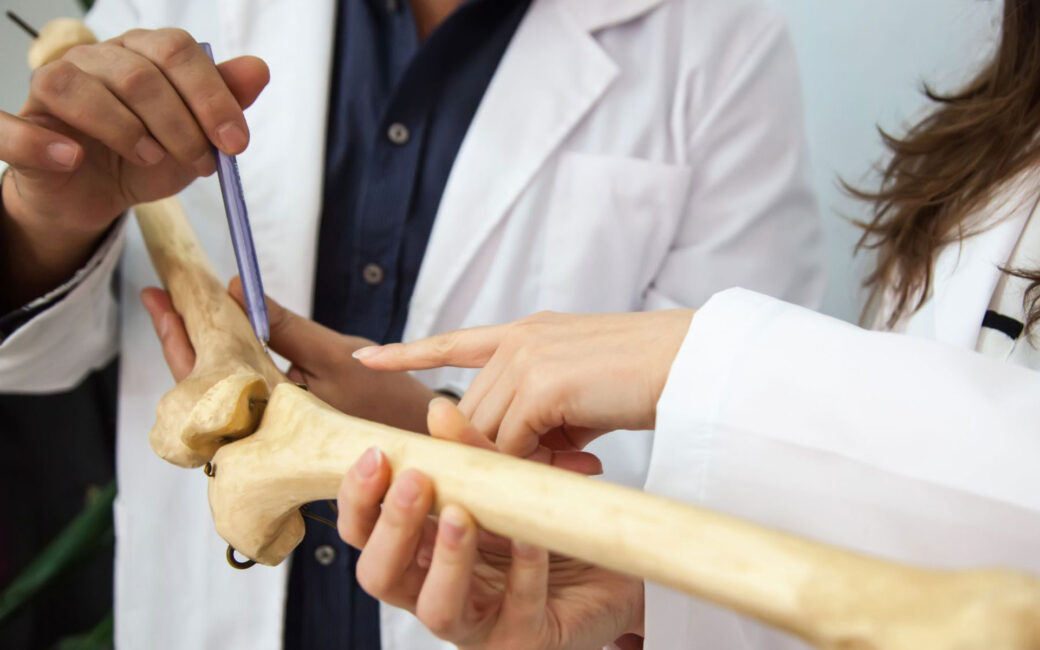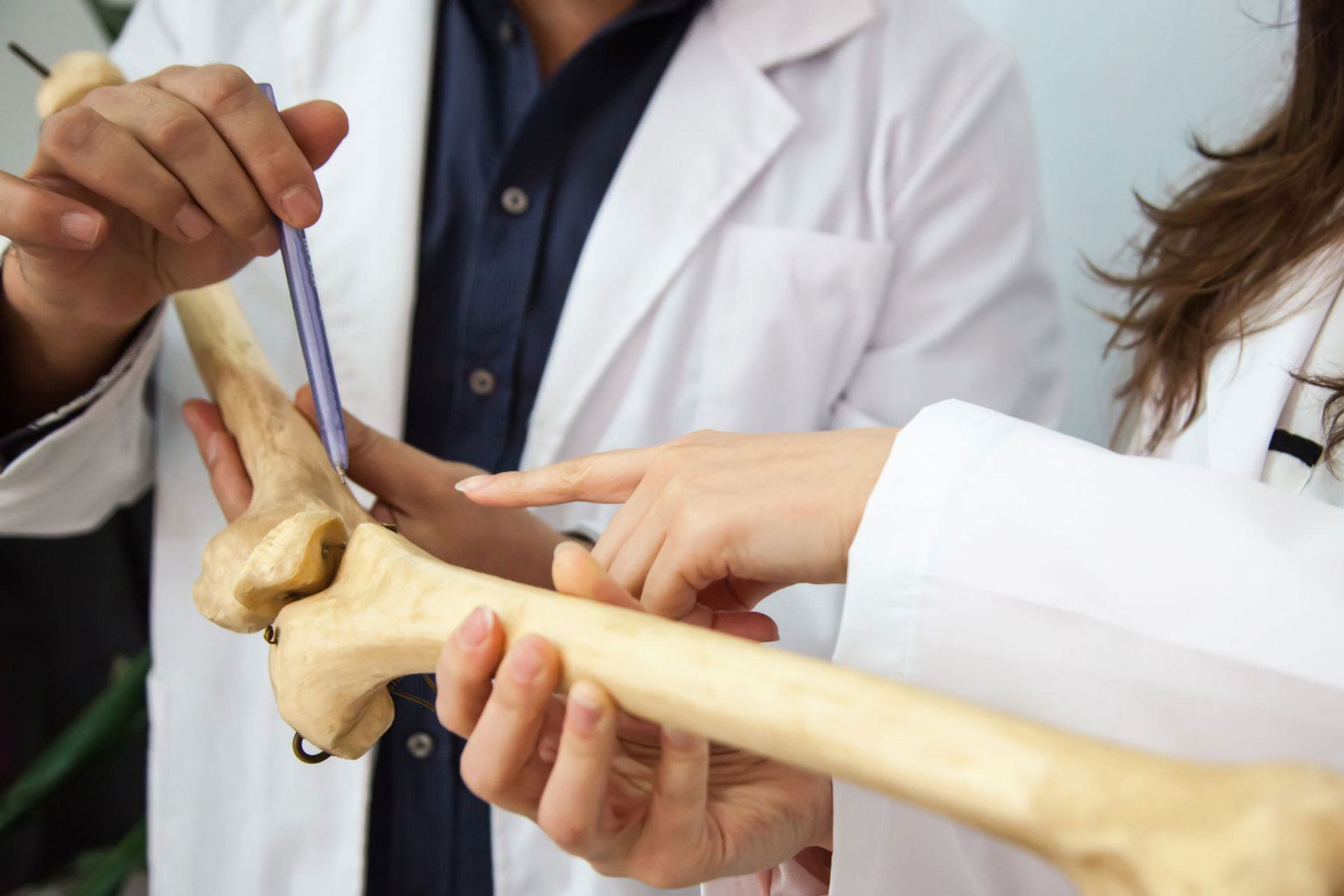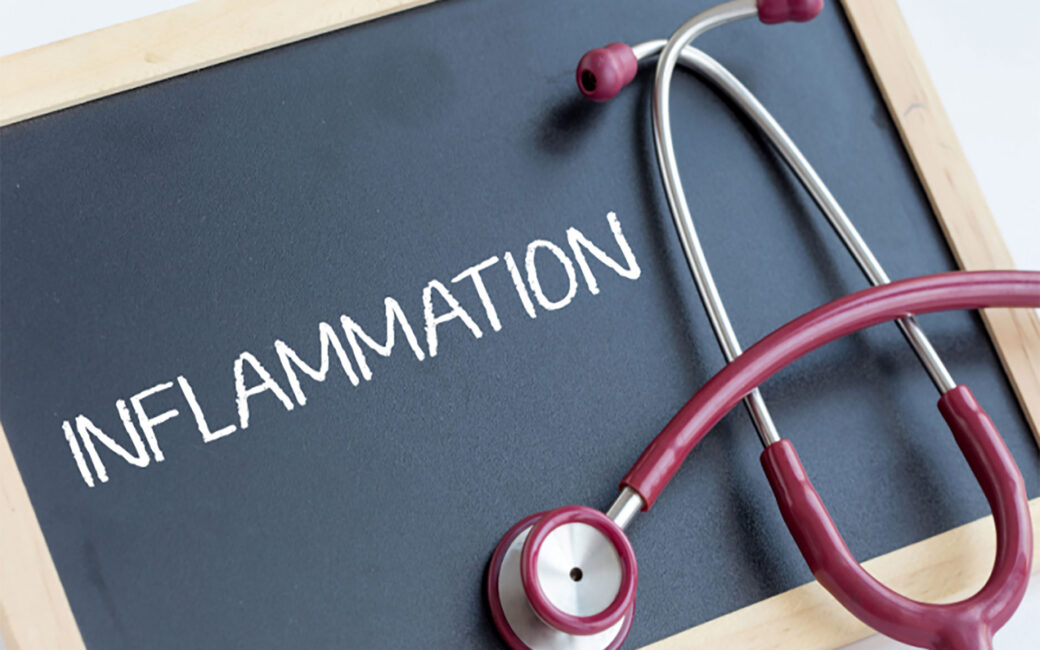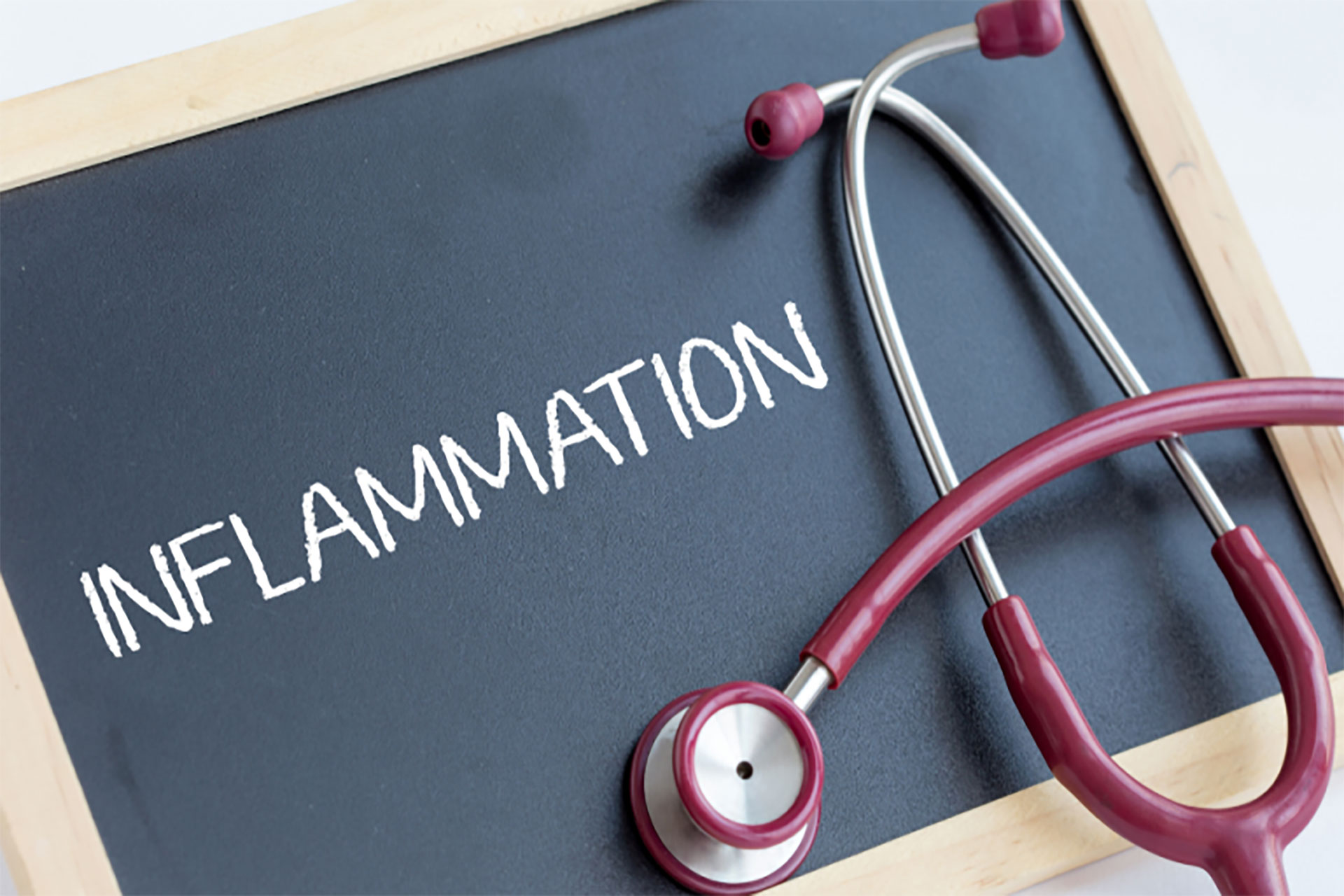The importance of grip strength for active adults: enhancing performance and longevity
There’s a crucial, often overlooked aspect of fitness: grip strength. This is particularly important for athletes who play sports like tennis, squash, or pickleball, where grip plays a direct role in performance.
October 9, 2024
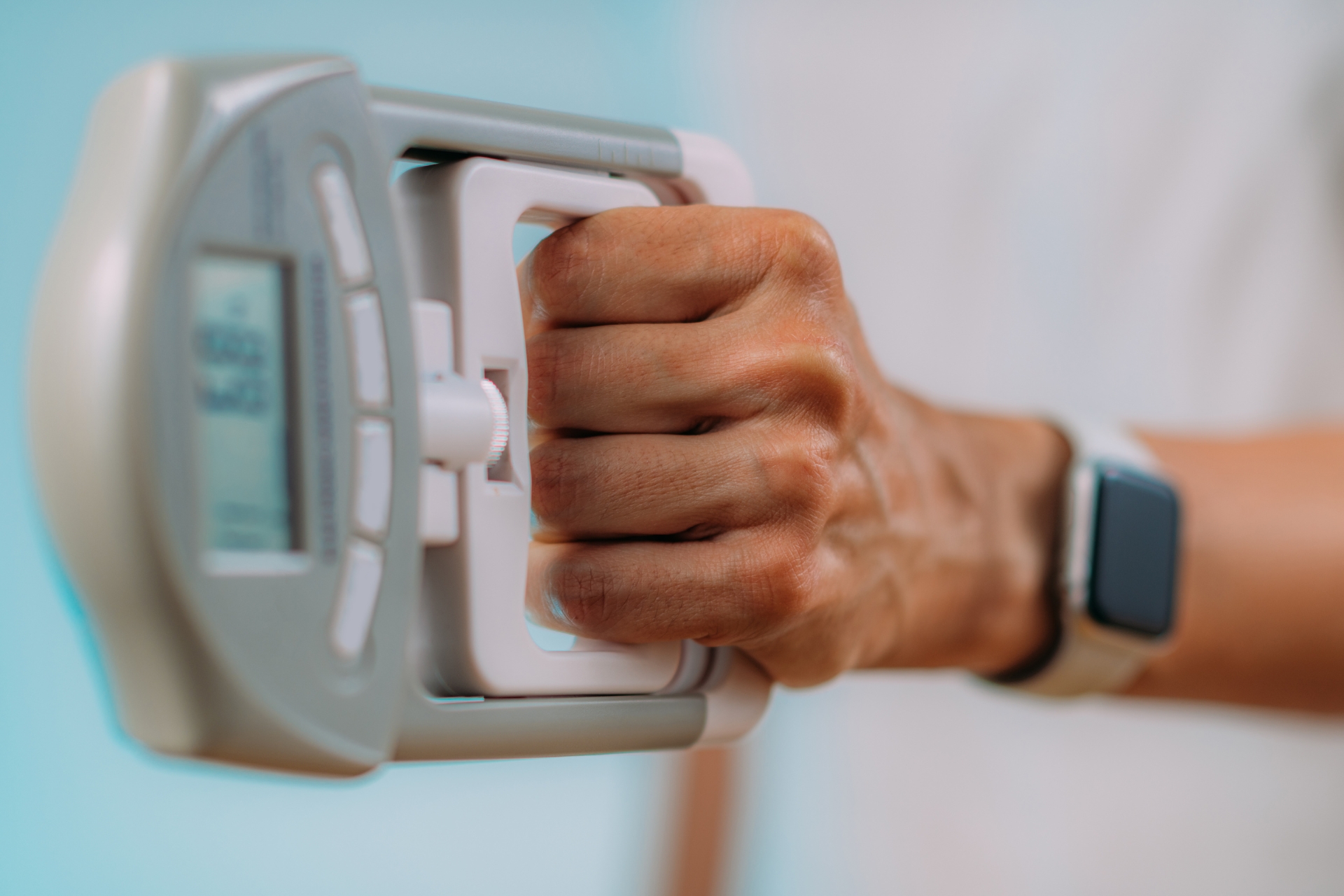
When most of us think about improving fitness, we tend to focus on cardiovascular endurance, core strength, or flexibility. However, there’s a crucial, often overlooked aspect of fitness: grip strength. This is particularly important for athletes who play sports like tennis, squash, or pickleball, where grip plays a direct role in performance. More importantly, grip strength also serves as a key indicator of overall health and longevity.
In this post, we’ll explore why grip strength is so significant for both athletic performance and long-term health, and how active adults, especially those who play racquet sports, can benefit from paying more attention to it.
What is grip strength?
Grip strength refers to the amount of force generated by the muscles in your hand, forearm, and fingers. It’s a straightforward yet effective measure of overall muscle strength, often assessed using a handheld dynamometer.
In sports like tennis, pickleball, and squash, grip strength plays a key role in control, precision, and power. Whether you're serving a tennis ball or making quick adjustments during a fast-paced rally, strong forearms give you the edge to perform at your best. However, grip strength also offers a window into your broader health, making it a vital measure to monitor over time.
Why grip strength matters for racquet sports and other athletic activities
For athletes, especially those involved in racquet sports, grip strength provides several important benefits:
- Improved control and precision: Your grip directly controls the racquet. Stronger grip strength allows you to maintain better control over your shots, enabling greater accuracy and finesse.
Power and speed: A firm grip helps you generate more power with each swing, allowing for harder, faster serves and more forceful strokes, which can give you a competitive advantage. - Endurance: Racquet sports demand stamina from the muscles in your arms and hands. Improved grip strength helps you maintain performance throughout long matches, reducing fatigue and improving overall endurance.
- Injury prevention: Weak grip strength can lead to injuries like tennis elbow or wrist strain. Strengthening your grip muscles reduces the strain on your tendons and ligaments, helping to prevent injuries and extend your playing career.
- Quick reactions: In fast-paced games, a strong grip allows for faster adjustments to your racquet, improving reaction time during play.
The link between grip strength and overall health
Beyond the advantages it offers on the court, grip strength has been linked to overall health and longevity. Several studies support this connection, suggesting that grip strength is an easy-to-measure marker of general physical fitness and a strong predictor of health outcomes, especially as we age.
The Journal of Orthopaedic & Sports Physical Therapy highlights how grip strength correlates with the strength of other muscle groups in the body. Researchers found that weaker grip strength often signals overall muscle weakness, which can have significant health implications as we get older. Another study published in the Journal of Clinical Medicine reported that reduced grip strength is associated with an increased risk of all-cause mortality, including cardiovascular disease.
Muscle strength and longevity
As we age, muscle mass naturally decreases—a condition known as sarcopenia. This decline in muscle strength can lead to reduced mobility, a higher risk of falls, and a loss of independence, all of which negatively affect the quality of life.
Research from the Journal of Clinical Medicine shows that individuals with lower grip strength have a significantly higher risk of mortality from cardiovascular diseases, respiratory diseases, and cancer. This is because grip strength is closely linked to overall muscle function. Reduced grip strength often signals declining muscle health, poor physical fitness, and a higher likelihood of chronic diseases like diabetes and arthritis.
Grip strength as a prognostic indicator
One of the most compelling aspects of grip strength is its use as a prognostic indicator. According to research from the Journal of Orthopaedic & Sports Physical Therapy, grip strength can serve as an early warning sign for various health conditions, particularly in older adults. When combined with other health markers, grip strength testing can help healthcare providers identify people at risk for future health problems, including heart disease and even dementia.
Grip strength has been shown to be a better predictor of long-term health outcomes than traditional measures like blood pressure or body mass index (BMI). This makes it a valuable tool for assessing overall health and can provide insights into your future health trajectory.
What active adults should know
If you’re an active adult who participates in multiple sports, including racquet sports, you already understand the importance of fitness. However, paying specific attention to grip strength could improve your performance on the court and help safeguard your long-term health.
- Strengthen your grip for performance: Incorporating grip strength training into your regular workout routine can enhance your athletic performance. Exercises like deadlifts, pull-ups, farmer’s walks, and using hand-grip tools are highly effective in building grip strength.
- Track your grip strength: Just as you monitor other fitness metrics, such as weight lifted or distance run, consider tracking your grip strength. Many gyms and health professionals have handheld dynamometers available, making it easy to measure and monitor your progress over time.
- Take a holistic approach: While grip strength is essential, it’s just one aspect of overall fitness. Combine grip strength training with other types of strength training, cardiovascular exercises, flexibility work, and balance training for a well-rounded fitness regimen.
Conclusion
Grip strength might not be the first thing that comes to mind when you think of athletic performance or long-term health, but it’s a critical component of both. For active adults, particularly those who play racquet sports, strong grip strength enhances control, power, and endurance while also reducing the risk of injury. Beyond sports, grip strength serves as a powerful indicator of overall health and longevity.
By focusing on improving and maintaining your grip strength, you’ll not only perform better on the court but also increase your chances of a longer, healthier life. So the next time you’re working out, don’t overlook your grip—it’s more important than you think.
References
Dodds, R. M., Syddall, H. E., Cooper, R., Benzeval, M., Deary, I. J., Dennison, E. M., ... & Cooper, C. (2019). Grip strength across the life course: normative data from twelve British studies. Journal of Clinical Medicine, 8(9), 1237. https://www.ncbi.nlm.nih.gov/pmc/articles/PMC6778477/
Bohannon, R. W. (2018). Grip strength: an indispensable biomarker for older adults. Journal of Orthopaedic & Sports Physical Therapy, 48(6), 409-412. https://www.jospt.org/doi/full/10.2519/jospt.2018.7851

























